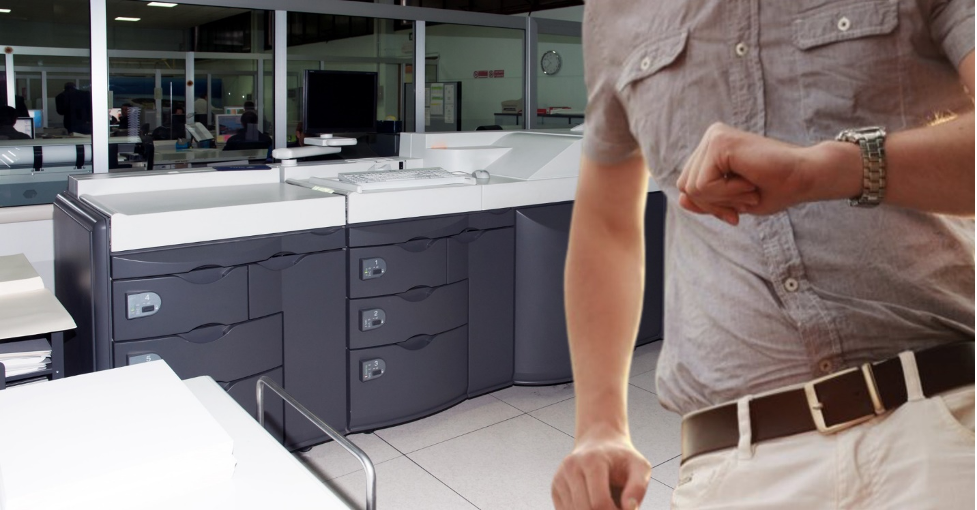Companies buy fast printers and are then dismayed when it seems to take forever to get their documents produced — especially during those busy times when page volume spikes. Why is that?
Several factors determine the speed at which completed pages exit the printer, but the most common cause of slowdowns is inefficient data files the printer must process. If you’re sending poorly formatted PDF data to the printer, it could take too long to process through the raster image processor (RIP). When that happens, the print engine slows down as it waits for the RIP to produce the printable data it needs to put toner on paper.
One factor to keep in mind is that specifications for PDF files can change occasionally. If your document creation software is working with a different set of specifications than the RIP, you could experience processing delays. Make sure all the components of your document creation and production workflow are operating with the latest versions of PDF.
Fonts
Failing to embed fonts in PDF files is a common error that can increase data processing time on the printer. It can also cause pages to render differently from the design. When referenced fonts are missing, the RIP attempts to substitute fonts in the documents with fonts available to the printer, and they may not look exactly the same.
Occasionally, designers create font outlines in their documents. This technique turns text into vector graphics, which also take longer to process.
Other conditions that cause print throughput issues are identical graphical elements repeated on every page, defining the same fonts with different names, overuse of transparencies, and poorly structured font character sets. All these issues can cause printers to stop and wait — a productivity killer, for sure.
Transactional Documents
For high volume personalized documents such as bills or statements, use the PDF/VT standard. Transactional documents typically include features like logos, lines, and boxes present on every page. With PDF/VT, these items are rasterized once and stored. PDF/VT relieves the RIP from processing the same data page after page, which makes a big difference in RIP speed.
Graphics
Graphics are frequently a problem area. Document design software makes it easy to import large graphics and then re-size or crop them to fit the available space on the document. But the data sent to the RIP includes the original graphic size. You can avoid sending extra data to the printer by re-sizing graphics to your desired dimensions before importing them into the document creation software. You also needn’t go overboard on graphic resolution. Printers typically render graphics at 300 dots per inch (DPI). Including graphics at greater than 300 DPI just gives the RIP more data to process — with no improvement in print quality.
Poorly constructed PDF files can even cause slowdowns on printers that aren’t running the job! If your print center is configured so that several printers share a dedicated RIP engine (also known as digital front ends, or DFE’s), extra time dedicated to processing an inefficient job can take resources away from work running on a different printer, making it stop and wait.
Send Less Data
Minor imperfections in PDF files may not seem significant, but time wasted on every page add up fast for high-volume jobs. An extra tenth of a second spent processing every page in a 50,000-page job means the print output will be available over an hour later than expected. The faster the printer and the bigger the job, the greater the impact of PDF processing delays. To drive a roll-fed inkjet press at top speed, the RIP has only a few milliseconds to process each page.
PDF/VT takes care of some issues by eliminating redundant processing, but it does not fix everything that can slow a printer. If you experience print delays, start by examining the data within your PDF files. Most times, you can make minor modifications that have no effect on the output quality yet significantly impact performance.

